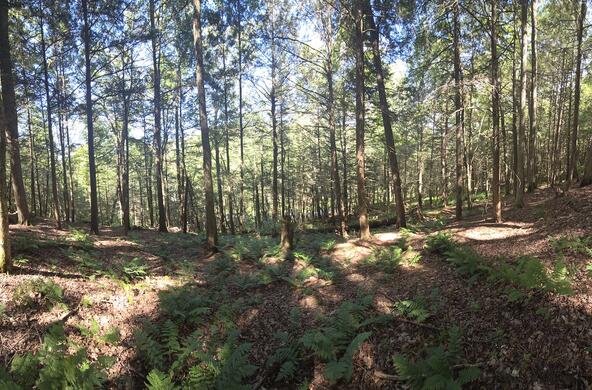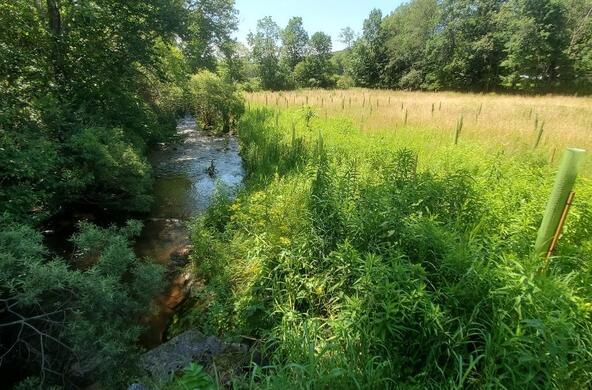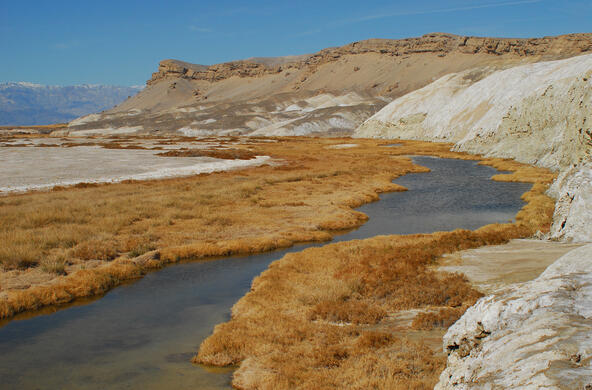Kayla Patel is an Urban Planner and Project Manager at Scenic Hudson. Duane Martinez is Director of Urban Conservation at Scenic Hudson.
Cary Institute and Scenic Hudson have teamed up to study how plants, animals, and people are impacted as green spaces change over time in three Hudson Valley cities — Kingston, Newburgh, and Poughkeepsie. The project is called Defining Urban Biodiversity.
In our team’s last blog post, Cary Institute’s Shannon LaDeau explained the potential ecological importance of greening efforts in cities, and how local residents and community organizations can get involved. In this blog post, we’ll explain why this research matters for urban planning and conservation.
Why do we care about biodiversity in cities?
In the urban planning community, it is widely recognized that trees and green spaces are important for human wellbeing. Scientists also know that biodiversity — or the variety of living things that exist in a given area — can enhance food security, disease resistance, carbon sequestration, and protection from climate impacts such as flooding and extreme heat. What’s less understood are the relationships between different types of green spaces (parks, trees, and other urban ‘greening' projects) and the biodiversity they support, as well as how urban biodiversity benefits larger ecosystems and people who live in cities. Our project explores these relationships.
Many people understand that urbanization plays a part in the serious threats to global biodiversity. But an emergent body of work is also demonstrating how urban ecosystems and the people who call them home can be part of the solution. We see an opportunity for urban areas to provide unique habitats, refuges, and connections for wildlife to move between larger conservation areas, while fostering deeper relationships between people and other forms of nature. Defining Urban Biodiversity will help us to better understand the role cities can play in supporting biodiversity.
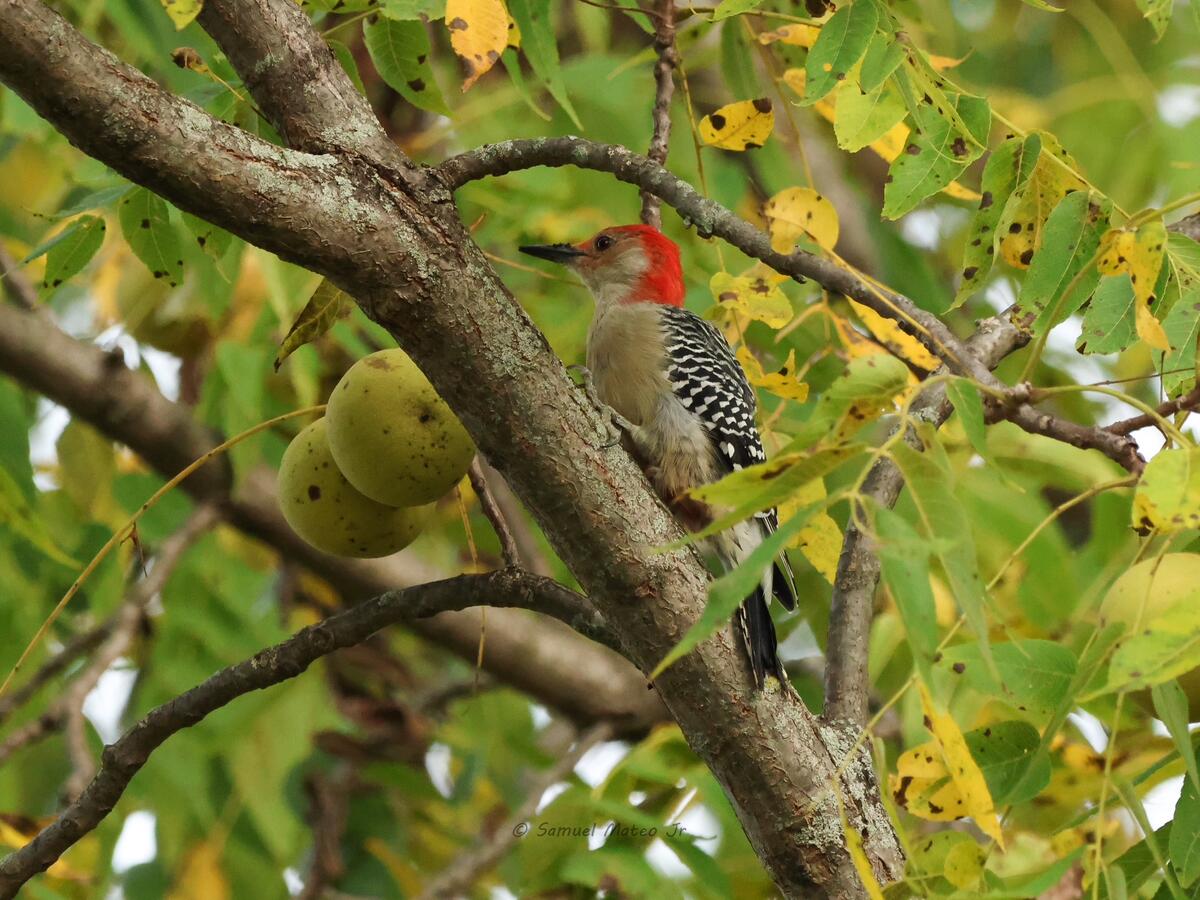
People tend to think of conservation as the preservation of large tracts of “natural” landscapes mostly separated from intensive human activities. By contrast, urban conservation actions often occur on smaller, seemingly disconnected parcels of land in a piecemeal fashion, and in areas that tend to be heavily used or impacted by people. Urban conservation remains an emergent field, with significant data gaps, and some of the traditional tools used in large landscape conservation may not work well in cities.
For example, a traditional ecological assessment of a small parcel of land along the Fall Kill Creek in Poughkeepsie may reveal that the land holds little to no conservation value based on traditional conservation metrics. It may be covered in turf grass and invasive vegetation, and the creek may be disconnected from the floodplain by armored walls, yet we know that this land holds value. We see its habitat potential and an opportunity to provide community access to the creek. Just a few hours of observation in spring reveals migrating neotropical songbirds stopping over on this patch of land on their way north to breeding grounds. Observations made as part of the Defining Urban Biodiversity project will help us understand the function of these small patches of habitat in cities.
Establishing a foundation of biological data in cities is a key start to being able to advance urban conservation. Defining Urban Biodiversity is helping document the ecological function of urban lands, engage community members in conservation science, and expose where data and knowledge gaps exist and ecological enhancement opportunities await. The data and the process can help us develop a framework for how conservation science in cities can help support planning and community development decisions — and perhaps expose youth who are underrepresented in the sciences to a passion or career path. We think this work is key to designing sustainable cities that encourage human wellbeing, support biodiversity, and enhance resilience to climate impacts.
What are we studying?
At 30 sites across Kingston, Newburgh, and Poughkeepsie, Defining Urban Biodiversity is monitoring what organisms are living there, and how biodiversity might change over time. The sites include formal green spaces (such as parks), informal green spaces (such as vacant lots), urban farms, and areas with different mixes of tree canopy cover and land cover (pavement versus soil, for example). We will examine the different types of biodiversity supported by these different types of sites over time. A better understanding of species mix and ecological function at these sites will help us weigh potential risks and benefits of things like heat mitigation, flood protection, use by pollinators, and spread of zoonotic disease (infectious diseases carried by animals).
Community partners helped us select the diverse project sites in all three cities. We’ve included sites along rail trails and streams to better understand potential corridors that wildlife and humans might be using to get around. Importantly, we’ve selected sites in places that we expect may change over the next few years, whether due to development, greening initiatives, or other changes in how the land is used. The diversity of sites will help us start to piece together the various assemblages of plants and animals that exist in different parts of the urban fabric.
Community scientists can help us gather data by joining our iNaturalist projects in Kingston, Newburgh, or Poughkeepsie.
Through the process of working with community groups, residents, community scientists, and volunteers, we will be exploring the different social and cultural uses of these green spaces and how people are relating to other species that share their neighborhood.
“Exploring urban biodiversity in Newburgh has been a truly eye-opening experience,” said Aileen Ramos, a fellow with the Greater Newburgh Parks Conservancy’s Environmental Justice Fellowship Program. Ms. Ramos is one of five fellows from the program who have been helping facilitate survey protocols, engage the community, and collect data for Defining Urban Biodiversity.
“I was amazed by the variety of beautiful birds I encountered, as well as the many insects and animals that quietly share our city,” said Ms. Ramos. “This journey has deepened my connection to the natural world and reminded me how much life surrounds us, if we simply take the time to notice.”
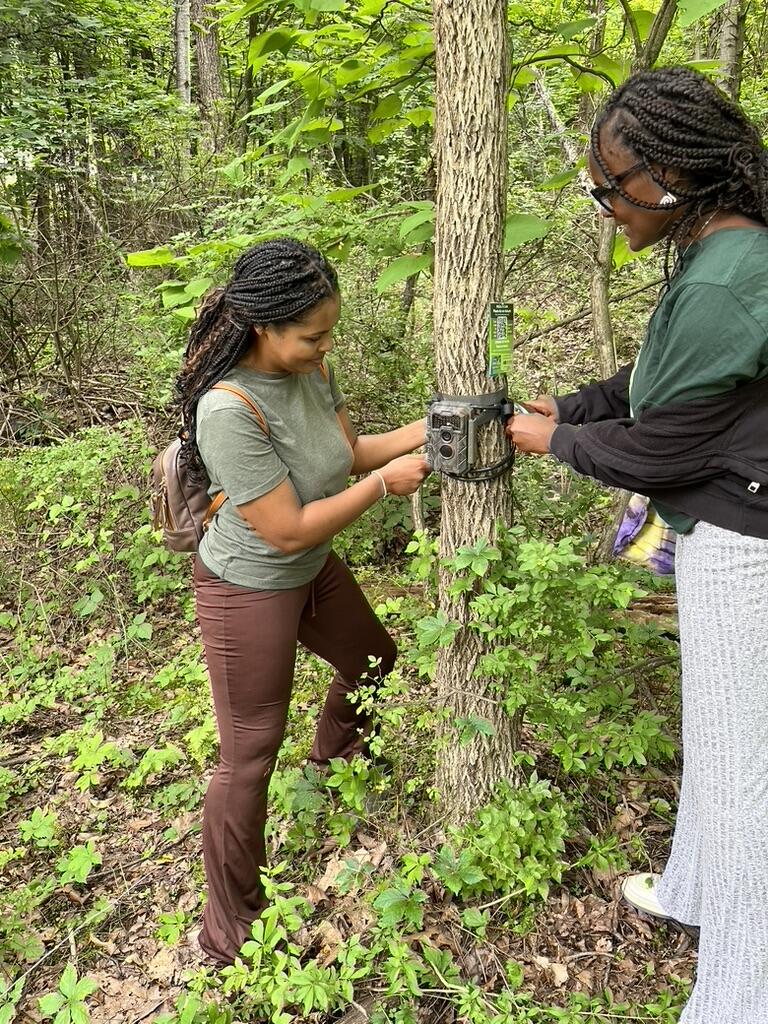
Community scientists can help with data collection by joining our iNaturalist projects in Poughkeepsie, Kingston, or Newburgh, where they will receive prompts that encourage them to go outside and engage with the nature around them.
Why study these cities?
The Hudson Valley is known as a biodiversity hotspot. We want its cities and their residents to enjoy this legacy. Scenic Hudson has spent years working in Kingston, Newburgh and Poughkeepsie to increase equitable access to nature and its benefits. By partnering with Cary Institute, we seek to move beyond promoting “green spaces” in cities and understand how biodiversity is at the heart of many of these benefits.
These three small riverfront cities share a storied past of industrialization, waves of newcomers, population departures, as well as prominence and disinvestment. Their histories have left many marks on the urban fabric and ecosystems, including socioeconomic and environmental disparities.
The cities also represent important and understudied landscapes. While considered part of the New York City metropolitan region, these three smaller cities do not have the resources to support large-scale public studies on biodiversity. Yet they still contend with especially high housing and development pressure and are uniquely surrounded by thousands of protected lands. And despite their similarities, unique ecological and social dynamics mean each city holds insights and potentially divergent approaches to urban greening and environmental justice — individually and for the region.
The data from the Defining Urban Biodiversity project will provide vital information about the benefits that different types of open spaces provide to urban ecosystems, and how people and nature can best coexist in these spaces, revealing new opportunities that simultaneously address both the social and ecological challenges of our times.




